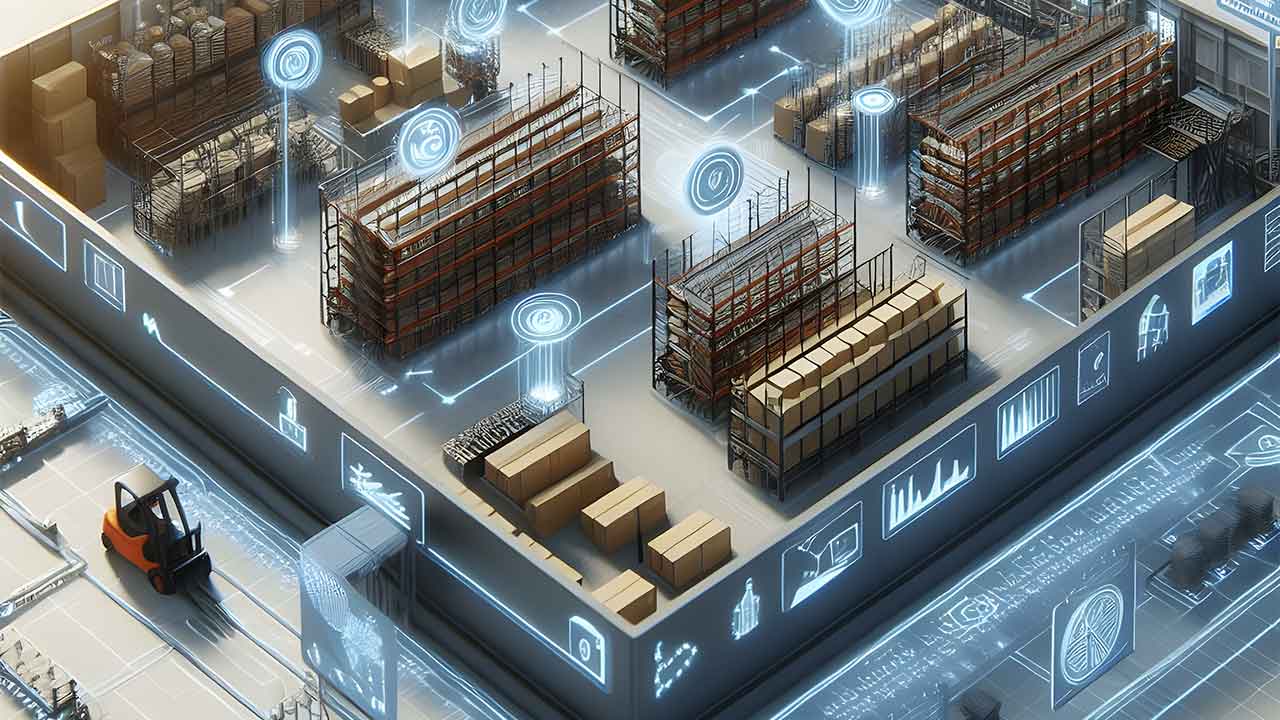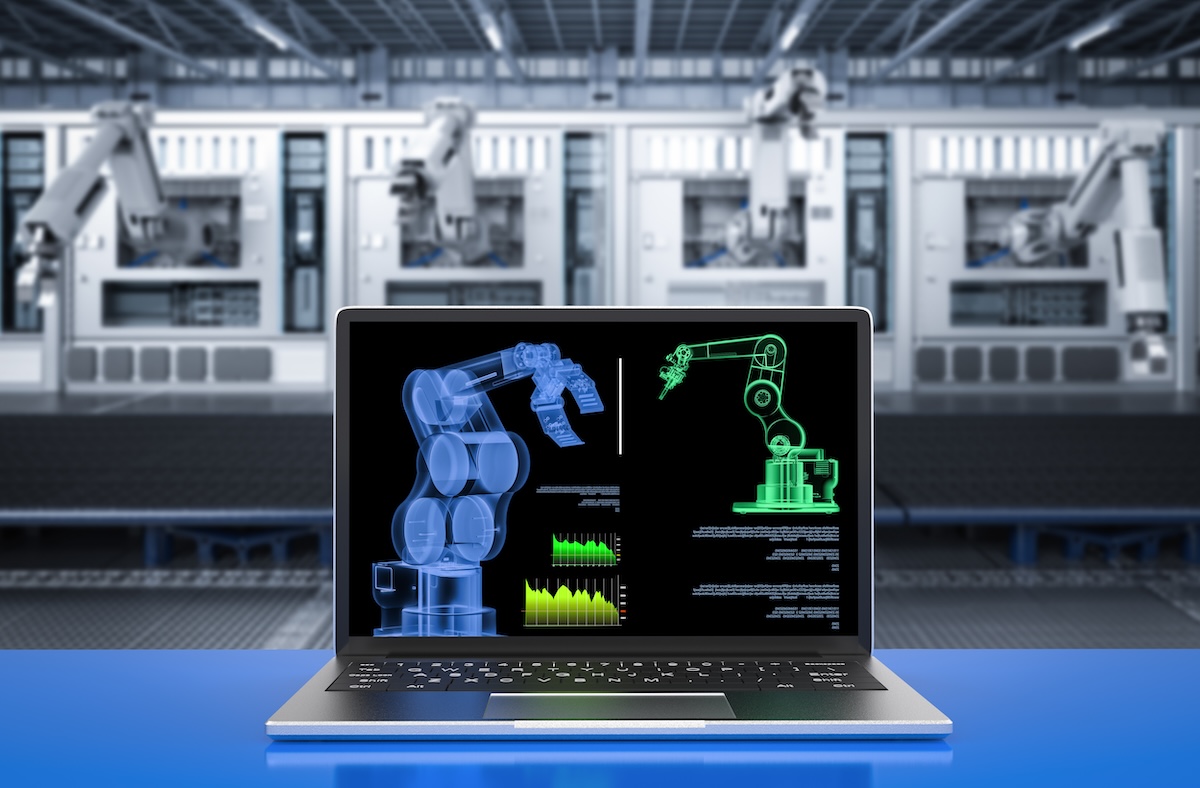Good Data Drives Cloud Computing In Manufacturing
Cloud adoption has risen rapidly over the past 10 years, with 92% of enterprise business strategies now relying on the cloud, according to an IDG survey. The manufacturing industry, in particular, is almost as high at 87%. However, most cloud computing use cases are focused on information technology; the survey said the top applications and services being migrated to the cloud are storage and backup, customer relationship management or enterprise resource planning systems and disaster recovery.
In the industrial space, I’ve observed leading cloud providers that are touting much different operational use cases that could transform the factory floor, such as predictive maintenance and machine learning. But the uptake of those types of operational technology use cases is still in its infancy compared to IT transformation.
What I find as CEO of a modern edge platform for industrial companies is that many potential customers come to us with a dilemma: They have a cloud provider (or two), and their IT team is likely getting value out of moving applications and services to the cloud. However, they have yet to figure out how to successfully get their operational, factory floor data to the cloud to realize the value of those advanced use cases.
The problem lies in access to good, complete data. Machine learning and analytics models are only as good as the data that feeds them.
The Challenges Of Collecting Industrial Data
The manufacturing industry is unique. Equipment can last upward of 30 years, and it’s very expensive for a factory to digitally transform if that transformation requires new machines. So, most companies want to keep their existing infrastructure and modernize over time. As a result, they face some challenges — which can be overcome — in trying to access shop floor data.
1. Heterogeneous devices and systems: Most shops purchase technology from various vendors over time. They may have robotic systems from one company, computer numerical control (known as CNC) systems from another and hardware from a third vendor all on the same shop floor. Not to mention, they likely also have a supervisory control and data acquisition system, an ERP system and many other technologies they’ve been using for years. They don’t want to interrupt production to make changes.
2. Siloed data: Companies have often found a way to collect data from these varied machines with proprietary technologies or protocols. They may be connected to an OT system, but they usually can’t easily share data with an IT enterprise or a cloud system as well. The data often sits in a data lake, waiting for a purpose and method of extraction.
3. Inability to scale: Let’s say the manufacturer has managed to connect to heterogeneous devices and siloed data streams and can get that isolated data to the cloud. Chances are, they have no way to scale that solution. It’s likely proprietary technology, built with a lot of effort and coding, to work on one shop floor. Forget scaling to the 20 other plants.
Adopting A New Strategy
The reason so many companies fail to roll out or scale cloud computing use cases like predictive maintenance or machine learning is that they don’t have a solution for the data problem. No matter how great the cloud offering is and no matter how advanced their analytics models are, the solution is only as good as the data that feeds it. More about Why 85% of Machine Learning Projects Fail and how to avoid this.
Manufacturers need to be able to collect data from any type of system and send it to any cloud or enterprise solution. To achieve this, you could rebuild the entire shop floor with new technology, modern protocols and get rid of outdated machinery, or you could consider adopting an edge-to-cloud data flow to help.
In order to adopt an edge-to-cloud strategy, however, manufacturing companies must bridge their OT teams with IT. Then, you have two options:
1. Move data from edge to cloud without a platform. This will take a spiderweb of technologies and custom code. If you decide to go this route, make sure you have enough expertise in-house to connect all of your disparate systems and integrate data to the cloud successfully.
2. Choose an edge platform that does the work at the edge infrastructure layer. These platforms connect to a device or industrial system, collect data, normalize it, analyze it, then push it to the cloud to let cloud providers build models. The edge adds a computational layer, so instead of sending raw data to the cloud, the data is analyzed to drive more value for building models. As OT and IT work together, they can choose a solution that will satisfy their needs on both sides.
In order to prepare for adopting a new platform, companies must include both OT and IT teams throughout the process. They each have different use cases, and it’s important to make sure the solution meets the needs of both sides. Consider which cloud and enterprise solutions are already in use or planned for implementation to be sure the platform works seamlessly with all other systems. Once a new platform is chosen, train a few champions on both sides as well.
It’s also important to prepare for potential challenges along the way, including showing ROI. Choose one use case and one production line and collect data from that one group of machines. Send it to the cloud and perform analytics, then make improvements to that one use case. Once you show that you accomplished your goal and saw ROI on that one use case, it can be expanded.
The ability to collect data from any number of sources on the factory floor, then send it to increasingly powerful and advanced cloud computing systems means manufacturers can really start to put their data to use. They can look at the data from every angle in the cloud, truly understand their operations and its deficiencies and make real changes for improvement by building and deploying models at the edge.
About the author
 This blog was written by Litmus CEO Vatsal Shah and originally appeared as a Forbes Business Council post. Vatsal has extensive experience with electronics hardware design, enterprise platforms, and industrial engineering.
This blog was written by Litmus CEO Vatsal Shah and originally appeared as a Forbes Business Council post. Vatsal has extensive experience with electronics hardware design, enterprise platforms, and industrial engineering.



